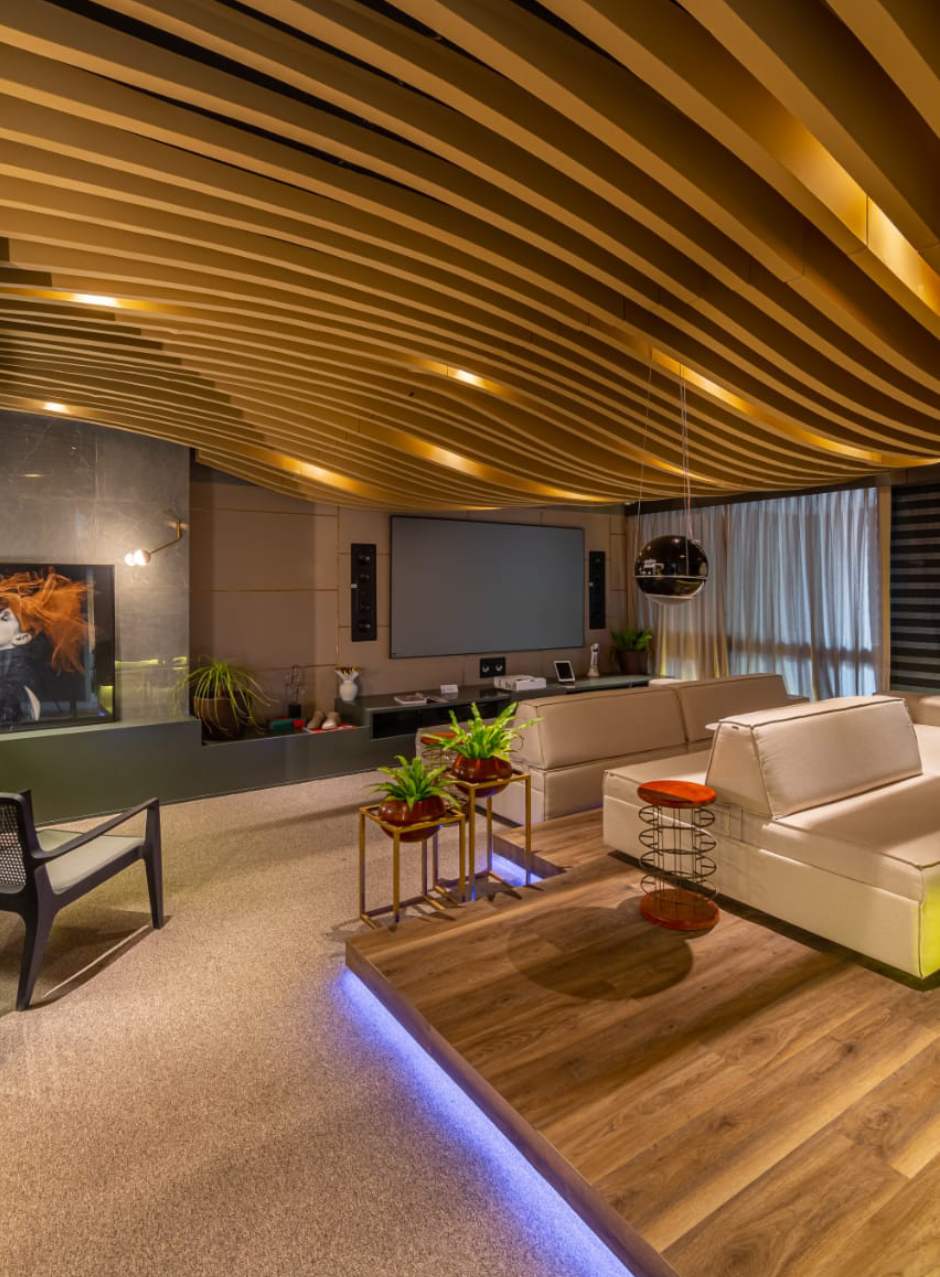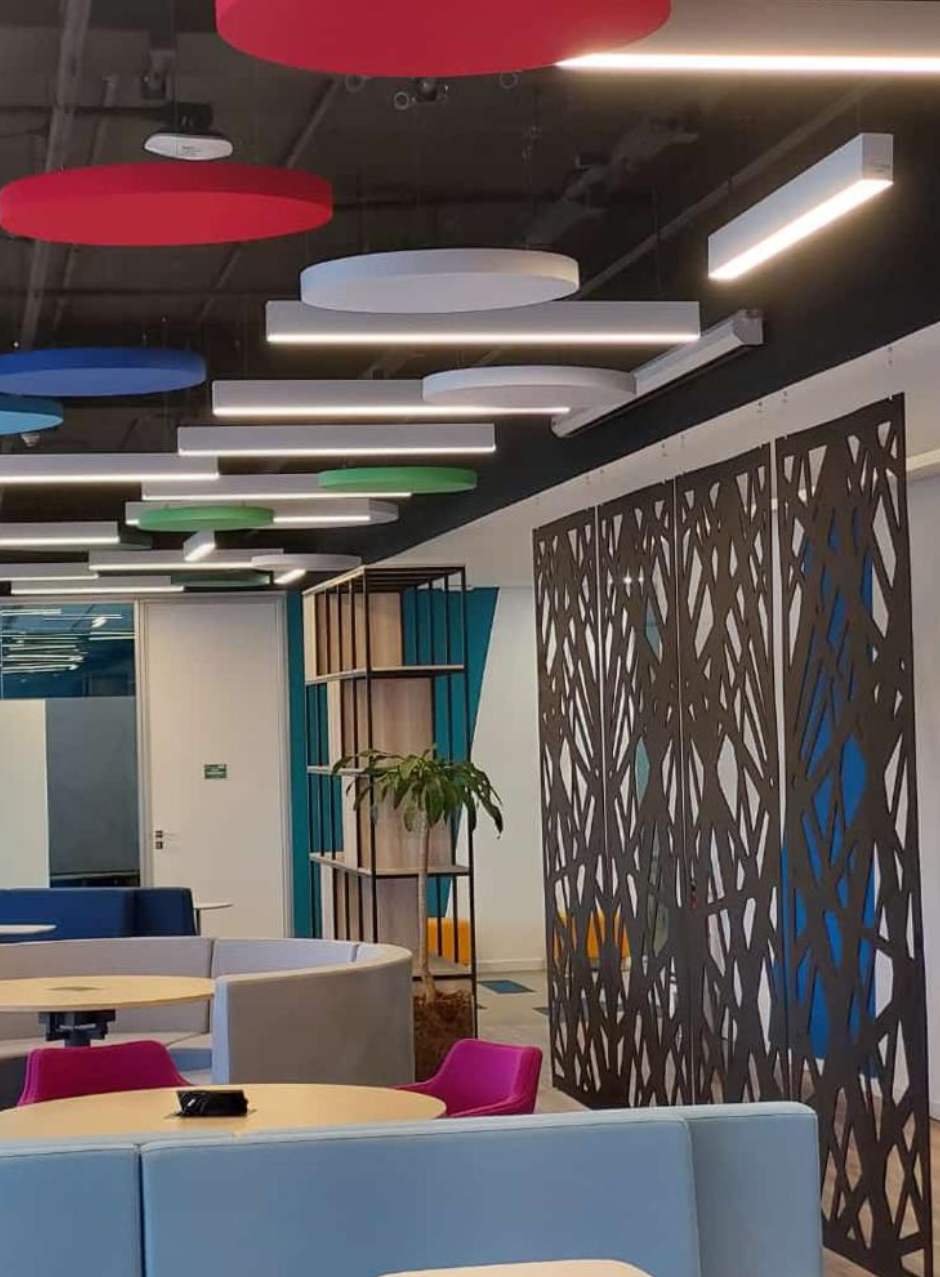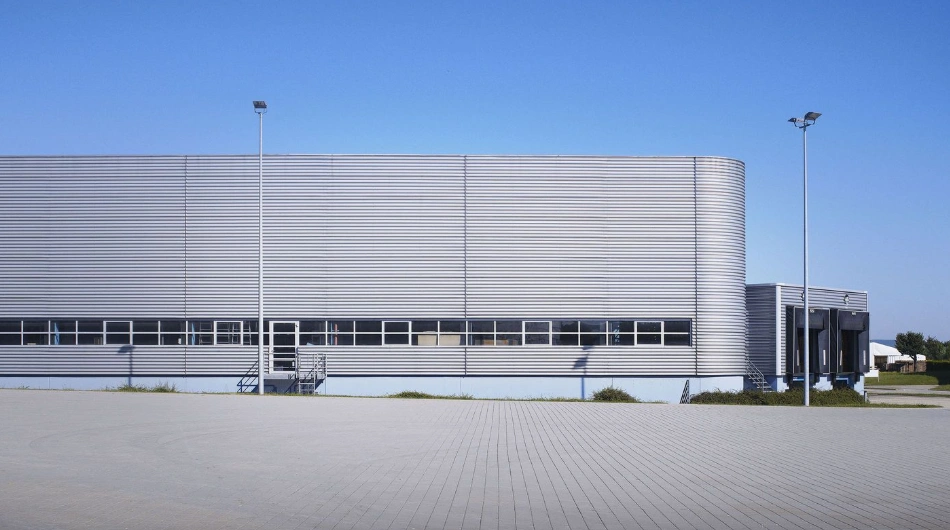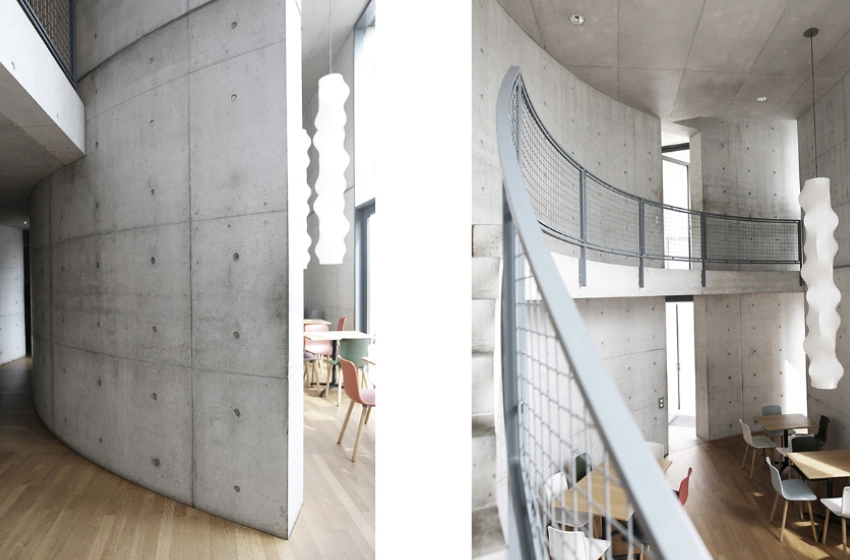Noise in the work environment is a crucial factor for low productivity. According to the University of Chicago, an increase of just 10 decibels, less than a whisper (20dB), can reduce worker productivity by up to 5%.
The noise profoundly influences people’s well-being in the different environments in which they live, work, and transit, such as corporate, educational, hotel, and transit areas, such as airports.
Whether in workplaces, homes, or on the go, exposure to excessive noise can have negative effects on productivity, concentration, hearing health, and overall physical and mental health.
Furthermore, recent studies show that each time concentration is lost due to sonic distractions, it takes up to 23 minutes to fully resume to the activity. The impact of noise on the educational environment is also significant, affecting students’ academic performance.
Likewise, in airports and hotels, where there is constant movement and various activities, noise can cause stress and discomfort for both passengers and guests in common areas.
How to improve the acoustics of a space?
To guarantee an adequate acoustic environment in such spaces, it is essential to take specific measures. One of the approaches is the adoption of certification standards such as the WELL Building Standard, which includes the assessment and improvement of the acoustic quality of the facilities.
According to WELL, a workspace should be divided into different acoustic areas: noisy areas (with noisy or mechanical equipment); quiet areas (quiet spaces for privacy and concentration); mixed areas (such as classrooms and conference rooms); and circulation areas (lobbies, corridors or stairs).
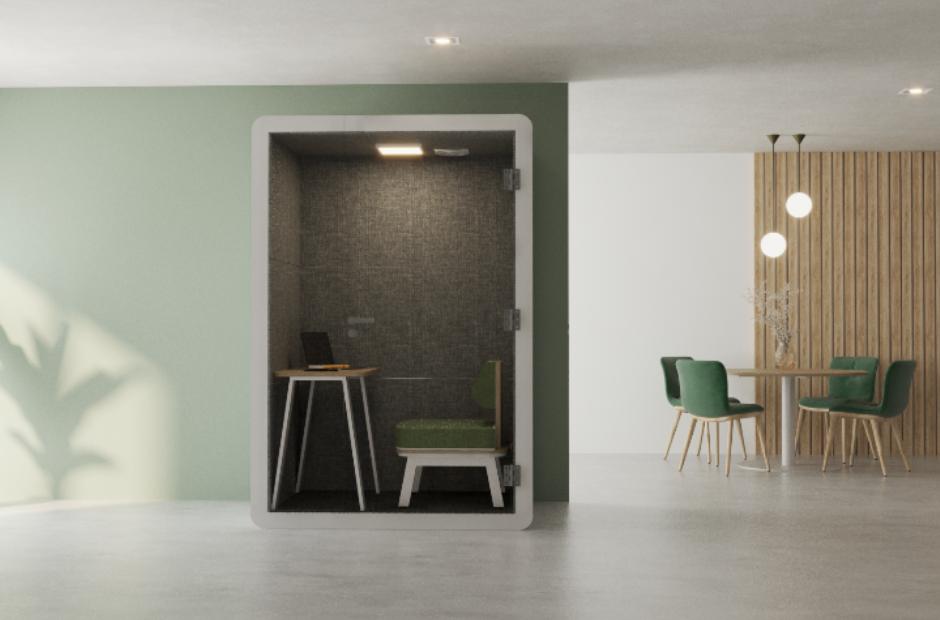
According to surveys, 67% of companies incorporate private areas into open spaces, but there is not always enough space to create concentration islands. In this context, acoustic booths create private spaces in offices and open environments, favoring concentration and isolation for tasks that require individual focus or small meetings.

The purpose of these booths is twofold: to keep outside noise out and the sound internal to inside. And do it with maximum comfort: good lighting and ventilation, ergonomic design, maximum connectivity with different devices, and an aesthetic that fits into a modern office.
In this way, the booth can be placed anywhere in the office and can be used as a design element. The secret here is to install them strategically: the closer they are to people, the more they will be used.
Solutions for noise reduction
Sound-absorbing panels are a fantastic solution that reduces noise, on average, by 67%. These panels can cover everything from ceilings to walls and act as separators between workstations or between rooms.
Trisoft <www.trisoft.com.br>, Pett Capellato’s partner, develops acoustic and ecological panels of various formats, colors, and art on demand.
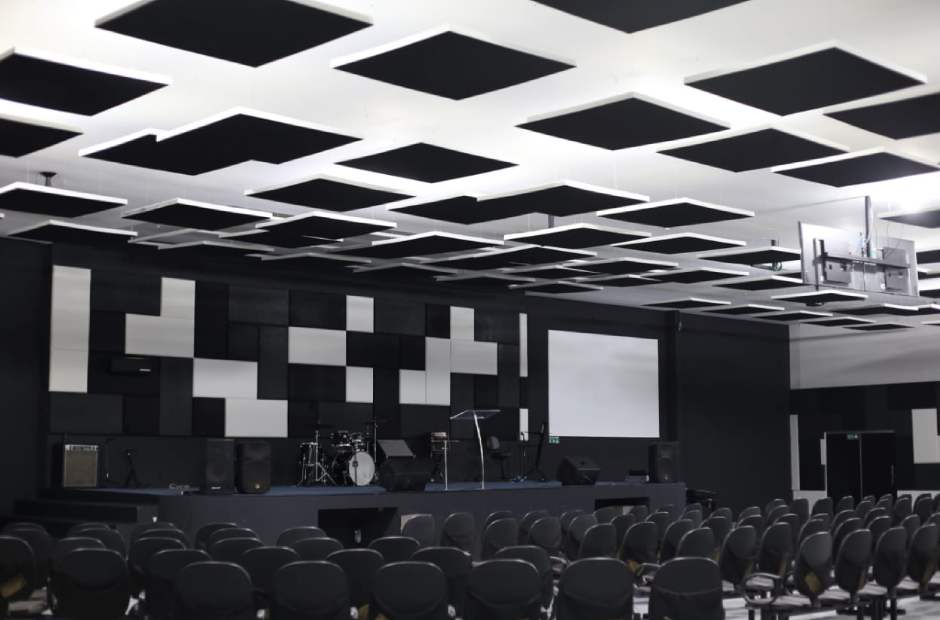
The panels not only provide well-being and reduce stress by eliminating the
noise, but also contribute to the care of the environment, since 75
plastic bottles are recycled per square meter.
Its extensive catalog also allows the total customization of the panels for each space,
generating endless possibilities for architects and interior designers. The “clouds” or buffers can be a variety of shapes and colors. Hollow brick panels can bring charm and sophistication to a room.
In general, both sound-absorbing panels and acoustic booths aim to reduce distractions and improve people’s well-being, creating spaces adapted to different daily tasks.
In the world of hybrid spaces, open environments, maximum connectivity, and constant distractions, understanding the difficulties of space and coming up with flexible, versatile, and high-quality solutions is fundamental.
Therefore, ensuring adequate noise control is not only possible, but necessary to promote a healthier, more productive environment, conducive to people’s well-being.
Access the Pett Capellato website now and learn more about how to improve the acoustics of your corporate space.
